
Manduca wellingi is a moth of the family Sphingidae. It is found from Mexico to Belize.

Manduca muscosa, the muscosa sphinx, is a moth of the family Sphingidae.

Manduca occulta, the occult sphinx, is a moth of the family Sphingidae.

Manduca afflicta is a moth of the family Sphingidae known from Cuba and the Bahamas. It is similar to Manduca sexta. Adults feed on nectar from flowers. The larvae have been recorded feeding on Cestrum diurnum, the day-blooming jessamine, a member of the family Solanaceae.
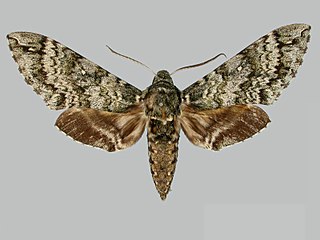
Manduca armatipes is a moth of the family Sphingidae first described by Walter Rothschild and Karl Jordan in 1916. It is found from Argentina and Uruguay to Bolivia.
Manduca aztecus is a moth of the family Sphingidae. It is known from Mexico.
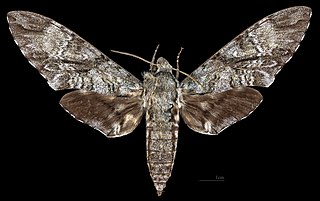
Manduca barnesi is a moth of the family Sphingidae.

Manduca bergi is a moth of the family Sphingidae first described by Walter Rothschild and Karl Jordan in 1903.

Manduca boliviana is a moth of the family Sphingidae. It is known from Bolivia.

Manduca brasiliensis is a moth of the family Sphingidae.
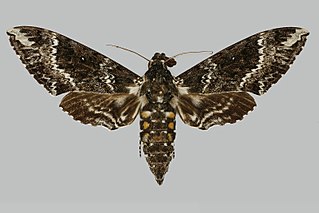
Manduca camposi is a moth of the family Sphingidae. It is known from Ecuador.

Manduca chinchilla is a moth of the family Sphingidae. It is known from Peru.
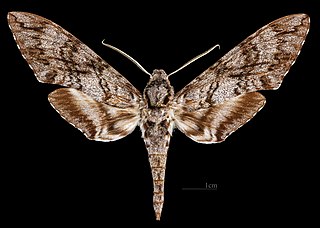
Manduca corumbensis is a moth of the family Sphingidae.

Manduca manducoides is a moth of the family Sphingidae.

Manduca mossi is a moth of the family Sphingidae. It is known from Peru, eastern Ecuador and Bolivia.

Manduca prestoni is a moth of the family Sphingidae. It is known from Brazil, Ecuador and Bolivia.
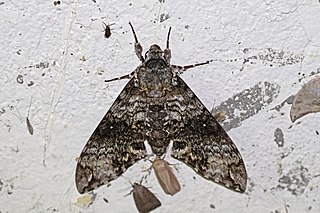
Manduca schausi is a moth of the family Sphingidae. It is found from Mexico, Guatemala, Nicaragua and Costa Rica to Brazil, Argentina and Bolivia.

Manduca trimacula is a moth of the family Sphingidae. It is found from Colombia to Ecuador, Venezuela and Bolivia.

Manduca stuarti is a moth of the family Sphingidae.

Manduca scutata is a moth of the family Sphingidae.




















